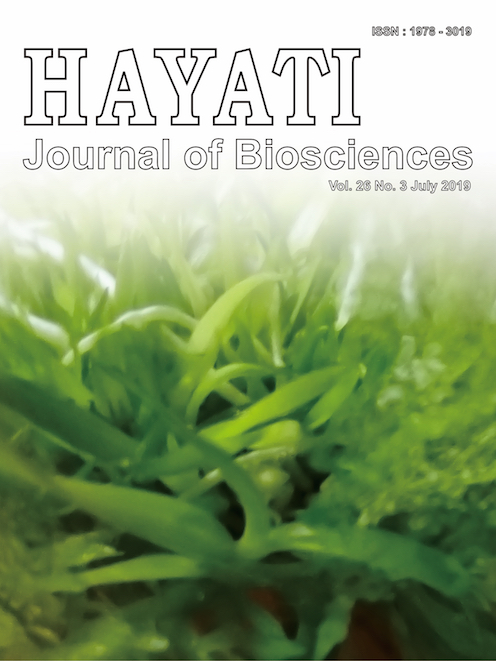Isolation and Characterization of C-C Chemokine Ligand 7 (CCL7) in Cynomolgus Macaques
Abstract
Cynomolgus macaques (Macaca fascicularis) are an established animal model of asthma, which exhibit different responses to allergen exposure that are clinically relevant. The chemokine ligand gene (CCL7) encodes Monocyte Chemotactic Protein-3, which has an important role in asthma pathogenesis. While CCL7 polymorphism in humans is associated with asthma phenotype, very little is known about CCL7 in nonhuman primate models of respiratory disease. The objective of this study was to isolate and characterize CCL7 gene in cynomolgus macaques of Indonesian origin. In this study, we used sequencing and bioinformatics technique for gene isolation, characterization, and protein 3D structure prediction. We isolated a 2253 base-pair (bp) sequence of CCL7 in cynomolgus macaques, which exhibited 95% similarity in coding sequence to human CCL7. The amino acid sequence was more closely clustered with human CCL7 than with that of rodents. Importantly, the predictive protein structure of CCL7 was similar to that in humans. These similarities in CCL7 suggests the potential of cynomolgus macaque as a translational model to study asthma, particularly in the context of genetics and role of chemokines such as CCL7.Downloads
HAYATI J Biosci is an open access journal and the article's license is CC-BY-NC. This license lets others distribute, remix, tweak, and build upon author's work, as long as they credit the original creation. Authors retain copyright and grant the journal/publisher non exclusive publishing rights with the work simultaneously licensed under a https://creativecommons.org/


















.png) IPB University
IPB University Department of Biology
Department of Biology The Indonesian Biological Society
The Indonesian Biological Society 

